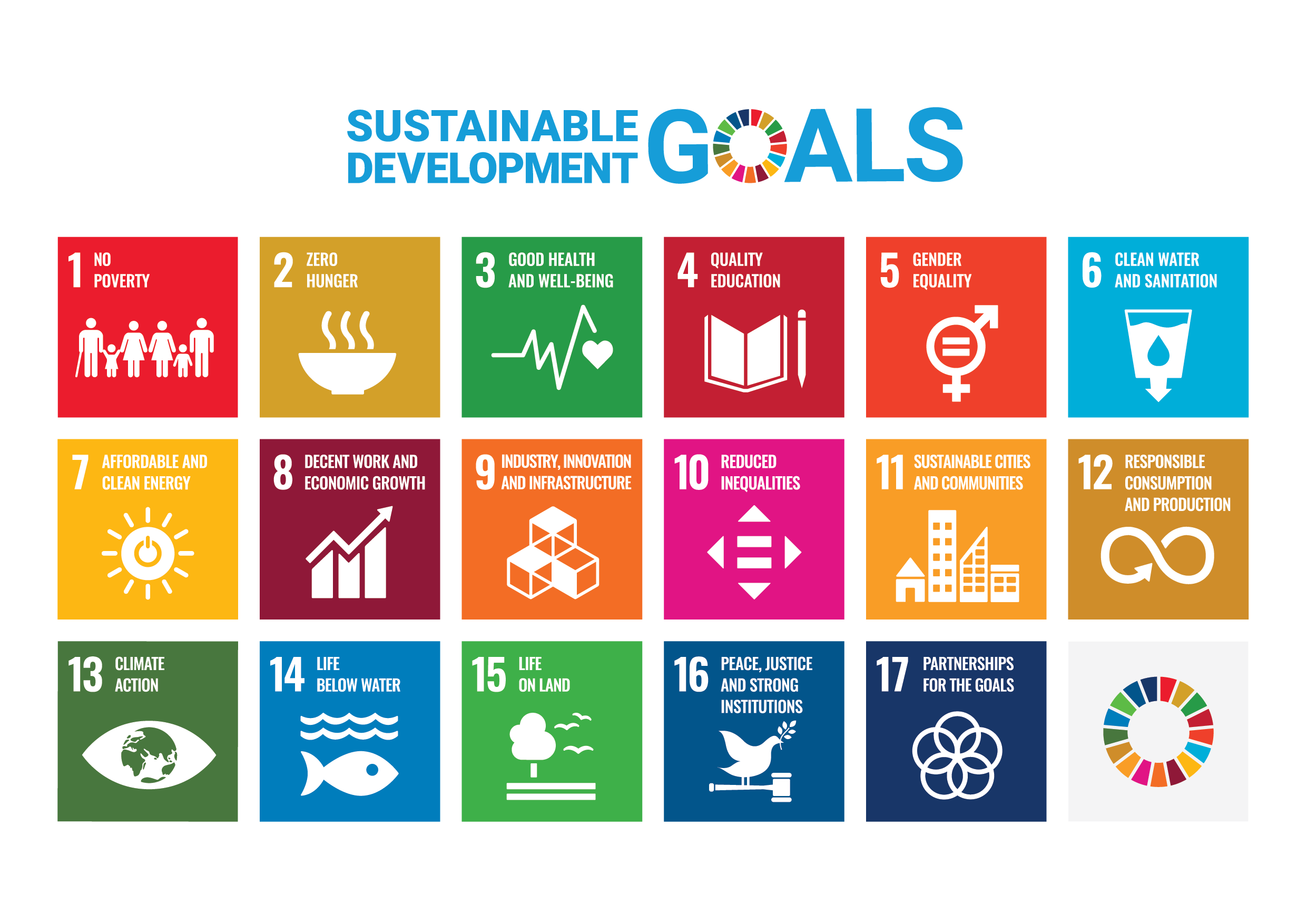The What, Why & How of Sustainable Development Goals

January 12, 2023

Share this post
As environmental topics continue to trend in ELT, I’m noticing that the UN’s Sustainable Development Goals are appearing more and more in blogs, articles, videos, social posts, webinars, talks, and resources.
This post explores what they are, why they are important, and how to incorporate them in your classes.
What are the Sustainable Development Goals?
The UN's Sustainable Development Goals (SDGs) have been around since 2015, when the 2030 Agenda for Sustainable Development was published. This blueprint aims to tackle climate change, preserve natural habitats, and make the planet more equitable, affluent, educated, and healthier now and in the future.
The agenda focuses on 17 goals—targets for every country to work toward through global partnership. Supporters of these goals recognize that promoting economic growth, providing educational opportunities, and reducing hunger and poverty are crucial for creating a sustainable world.

Ellii supports the Sustainable Development Goals
Why are the SDGs so important?
Put simply, we only have one planet. Looking after it takes collaboration and care.
As language teachers, we support learners from all over the world, each of whom is directly affected by the issues these goals address. Every student (indeed, every human) needs access to clean water, affordable renewable energy, healthy food, quality education, and a safe, peaceful place to live.
By incorporating the SDGs into our lessons, we can enhance our students’ knowledge of the world they live in and equip them with skills to make their own positive changes to it.
Introducing topics of global importance—such as poverty, hunger, pollution, transportation, health, food production, and gender equality—is a great way to get students talking. It also helps them see the world from other perspectives and can make them more empathetic toward people from different backgrounds.
The goals may also inspire learners to take action in whatever way they can. Encouraging learners to get involved in their local and global communities is an excellent opportunity to develop their linguistic and intercultural skills. It also helps them to gain confidence in their abilities to be change leaders.
How can I include the SDGs in my lessons?
Incorporating the SDGs into the English language classroom is much simpler than it seems. The 17 goals are well aligned to many aspects of life, as are language lessons. In other words, there are ways to sneak sustainability into every lesson!
For example, if your class is learning transportation vocabulary, you could ask learners to rank each mode in order of environmental friendliness.
Likewise, if you’re teaching structures on giving advice (e.g., You should…, Have you thought about…, You might want to…), you could ask them to think of tips for budgeting, making a home more heat efficient, or reducing food waste.
For conditionals, you may wish to give them sustainability-themed sentence starters:
- If there were a lot of litter in my area, I’d…
- Unless governments around the world work together, …
- As long as everyone is treated fairly, …
You can also explore the goals individually with your learners. Ellii has created a collection of resources matched to each goal.

Ellii's Sustainable Development Goals Lesson Collection
Learn more about the UN Sustainable Development Goals.
Sharing is caring!
Do you cover topics on sustainability in your English language classes? You can help promote the 17th goal by sharing a related topic or activity you've tried with your ELLs.
Comments (4)
Edwin O.(Member)
April 15, 2023 at 1:16 pm
simha kidsden(Guest)
June 11, 2024 at 10:00 am
Nadia Burigo(Guest)
August 14, 2025 at 5:07 pm
India Green Awards(Guest)
November 23, 2025 at 4:21 pm